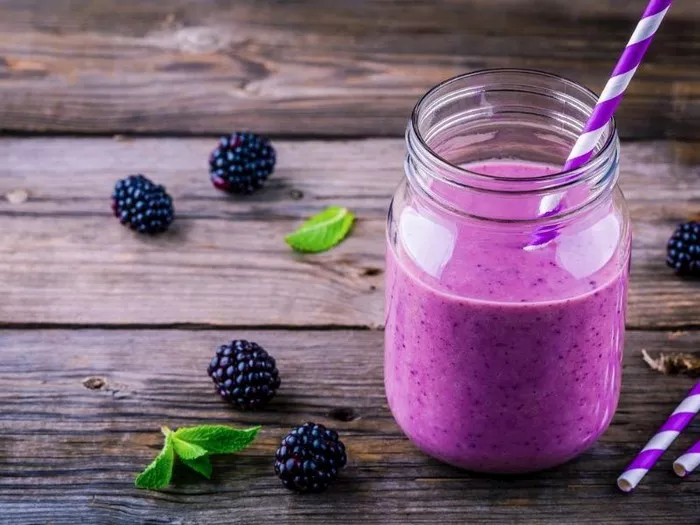Braised meat dishes are a staple in many cuisines around the world, known for their rich, tender, and flavorful qualities. From the slow-cooked comfort of beef stew to the hearty satisfaction of pot roast, braised meats are a perfect example of how patience and simple ingredients can create something extraordinary. In this article, we’ll explore how to make rich braised meat, covering the essentials of braising techniques, selecting the right meat, preparing the ingredients, and achieving that perfect, fall-apart texture.
Understanding Braising
Braising is a cooking method that combines moist heat with low and slow cooking times to tenderize tough cuts of meat. The process generally involves searing the meat first to lock in juices and flavor, then cooking it slowly in a covered pot with a small amount of liquid, such as broth, wine, or a combination of both. The low and slow cooking breaks down collagen and fat, making even the toughest cuts of meat tender and flavorful.
Braising typically occurs at temperatures between 275°F to 325°F (135°C to 163°C) for several hours, depending on the size and type of meat. The cooking liquid can vary widely, from basic broth to complex sauces, and often includes aromatic vegetables, herbs, and spices to enhance flavor.
Choosing the Right Meat
When it comes to braising, the right choice of meat is crucial. Tougher cuts of meat, such as beef brisket, pork shoulder, lamb shanks, and short ribs, are ideal for braising because they contain a lot of collagen and fat that break down during the slow cooking process, resulting in tender, juicy meat.
Beef Brisket: A large, tough cut from the breast section of the beef cow, brisket becomes incredibly tender and flavorful when braised.
Pork Shoulder: Known for its marbling and fat content, pork shoulder becomes moist and tender after hours of slow cooking.
Lamb Shanks: These meaty, bone-in cuts are rich in flavor and collagen, making them perfect for braising.
Short Ribs: Whether beef or pork, short ribs are marbled with fat and connective tissue that melts during braising, resulting in tender, juicy meat.
Ingredients and Preparation
Braising requires a few essential ingredients beyond the meat itself. Here’s a basic list of what you’ll need:
Meat: As discussed, choose a tough but flavorful cut suitable for braising.
Aromatics: Onions, carrots, celery, and garlic add depth and complexity to the braising liquid.
Liquids: Beef or vegetable broth, red wine, or a combination of both provide the base for the braising liquid.
Tomato Products: Tomato paste or canned tomatoes can add acidity and richness to the sauce.
Herbs and Spices: Bay leaves, thyme, rosemary, black pepper, and salt are classic braising herbs and spices.
Optional Flavorings: You can add additional depth with ingredients like soy sauce, Worcestershire sauce, or even a splash of vinegar.
Step-by-Step Guide to Braising Meat
Step 1: Prepare the Meat
Trim Fat: Remove excess fat from the meat, but leave some to keep the dish moist and flavorful.
Season the Meat: Season the meat generously with salt and pepper. This helps to build flavor and create a nice crust when seared.
Step 2: Sear the Meat
Heat the Pan: Preheat a heavy-bottomed pot or Dutch oven over medium-high heat. Add a tablespoon or two of oil.
Sear the Meat: Sear the meat in batches if necessary to avoid overcrowding. Sear until browned on all sides, about 3-4 minutes per side. This locks in juices and adds flavor to the braising liquid.
Step 3: Build the Base
Remove the Meat: Remove the seared meat from the pot and set it aside.
Sauté Aromatics: In the same pot, sauté chopped onions, carrots, celery, and garlic until softened and fragrant, about 5-7 minutes.
Deglaze the Pan: Pour in a bit of broth or wine to deglaze the pan, scraping up any browned bits stuck to the bottom. This adds flavor to the braising liquid.
Step 4: Add Liquid and Seasonings
Combine Ingredients: Return the seared meat to the pot. Add enough broth or wine to cover about halfway up the meat.
Add Tomato Products: Stir in tomato paste or canned tomatoes if using.
Add Herbs and Spices: Add bay leaves, thyme, rosemary, and any other herbs and spices.
Taste and Adjust: Taste the liquid and adjust seasoning with salt and pepper as needed.
Step 5: Braise the Meat
Cover and Cook: Bring the liquid to a simmer, then cover the pot with a tight-fitting lid. Reduce the heat to low and let the meat braise slowly. Cooking times vary depending on the cut of meat but generally range from 2 to 6 hours.
Check Periodically: Occasionally check the pot to ensure the liquid hasn’t evaporated too much. If necessary, add more broth or wine.
Step 6: Finish and Serve
Check for Tenderness: When the meat is tender and easily falls apart with a fork, it’s ready. This could take several hours, so patience is key.
Thicken the Sauce: If desired, remove the meat from the pot and let the sauce simmer uncovered for a few minutes to thicken. You can also make a slurry with cornstarch and water to thicken the sauce further.
Adjust Seasoning: Taste the sauce and adjust seasoning one final time.
Serve: Serve the braised meat with the sauce over mashed potatoes, polenta, rice, or crusty bread. Garnish with freshly chopped parsley, thyme sprigs, or a squeeze of lemon juice for brightness.
Conclusion
Braising meat is a rewarding cooking technique that transforms tough cuts into tender, flavorful dishes. By understanding the basics of braising, selecting the right meat, and preparing the ingredients thoughtfully, you can create rich, hearty meals that are sure to impress. Whether you’re making a classic beef stew, a hearty pot roast, or a flavorful lamb shank ragù, the slow and steady process of braising is well worth the wait. So, gather your ingredients, preheat your oven, and embark on a culinary journey that celebrates the art of patience and flavor. Enjoy your braised meat creations!
Related Topics:
























